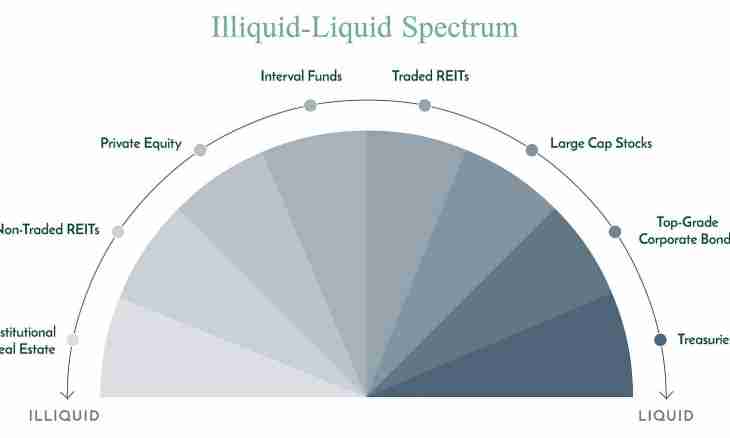Magnetic azimuths measure from the direction of a magnetic meridian which is specified by the direction of a magnetic needle of a compass. Conditional the azimuth is called when for its account accept a conditional meridian.
Instruction
1. The directions of true and magnetic meridians in a certain point do not coincide. Therefore true and magnetic azimuths from each other differ on some corner – the so-called angle of inducement.
2. If you know the angle of inducement for a certain point during a certain era, you can determine with the known accuracy by a magnetic azimuth true and, on the contrary, by true - magnetic. All meridians in the same point – a pole meet. The corner of boundaries two meridians carries the name of an approach angle of meridians. If a straight line to cross several meridians, in points of their crossing the azimuths from each other differing on this approach angle of meridians are formed. Its size of two points of one straight line will depend on its length, the direction and also the latitude of the place. The azimuth which is measured in the initial point of the line is called direct. The return azimuth (a2) equals to an azimuth to direct (a1) plus or minus of 180 degrees and also plus an approach angle of meridians (t). It turns out: a2=a1±180 °+t.
3. For the line in 15 km in middle latitudes the approach angle of meridians approximately equals 10’ in daily practice, as a rule, neglect such small corner, considering that direct and return azimuths differ from each other on 180o (a2=a1±180о). It is accepted in the lowest geodesy in cases with small areas of the earth's surface.
4. For big distances and also high-precision measurements of calculation make in due form the highest geodesy, considering the approach angle of meridians and a spherical excess expressed in centimeters. The formula in such cases is applied following: a2=a1±180 °+t-e where t is an approach angle which is calculated on special formulas, e – a spherical excess which is also calculated on a special formula.
